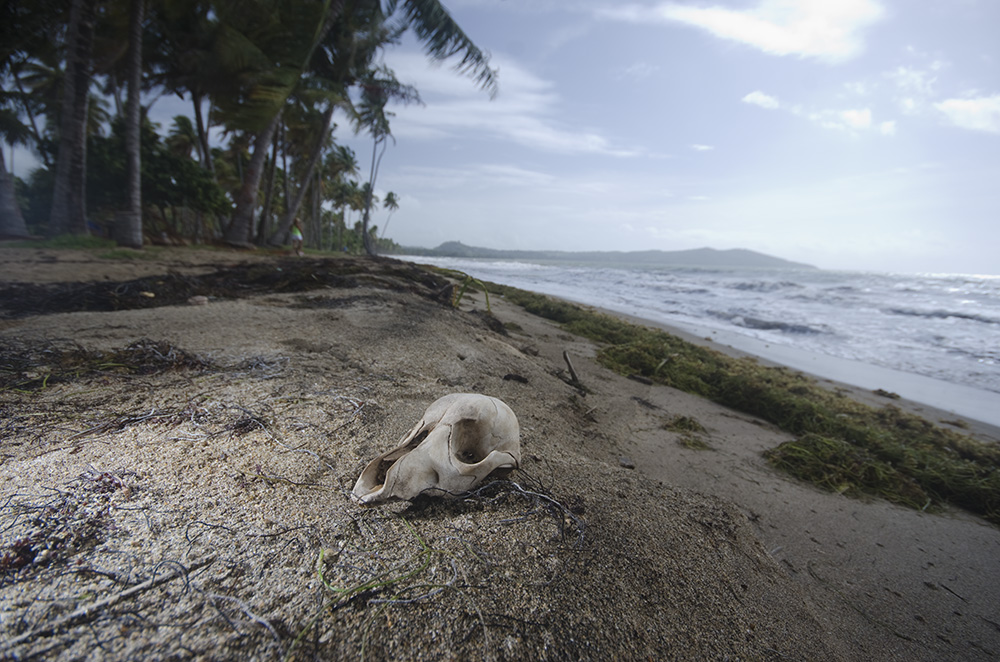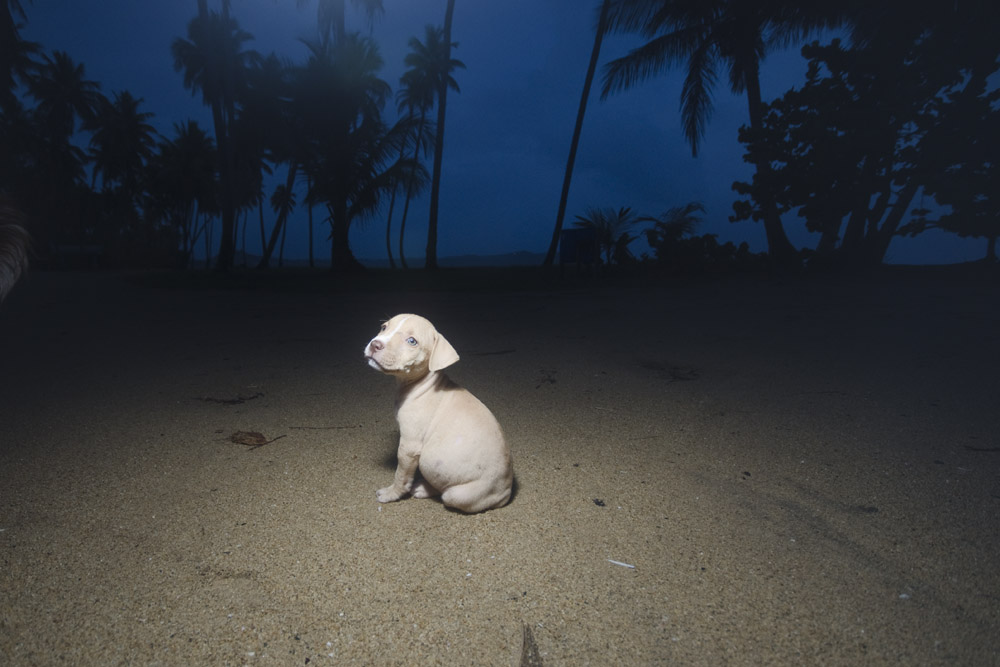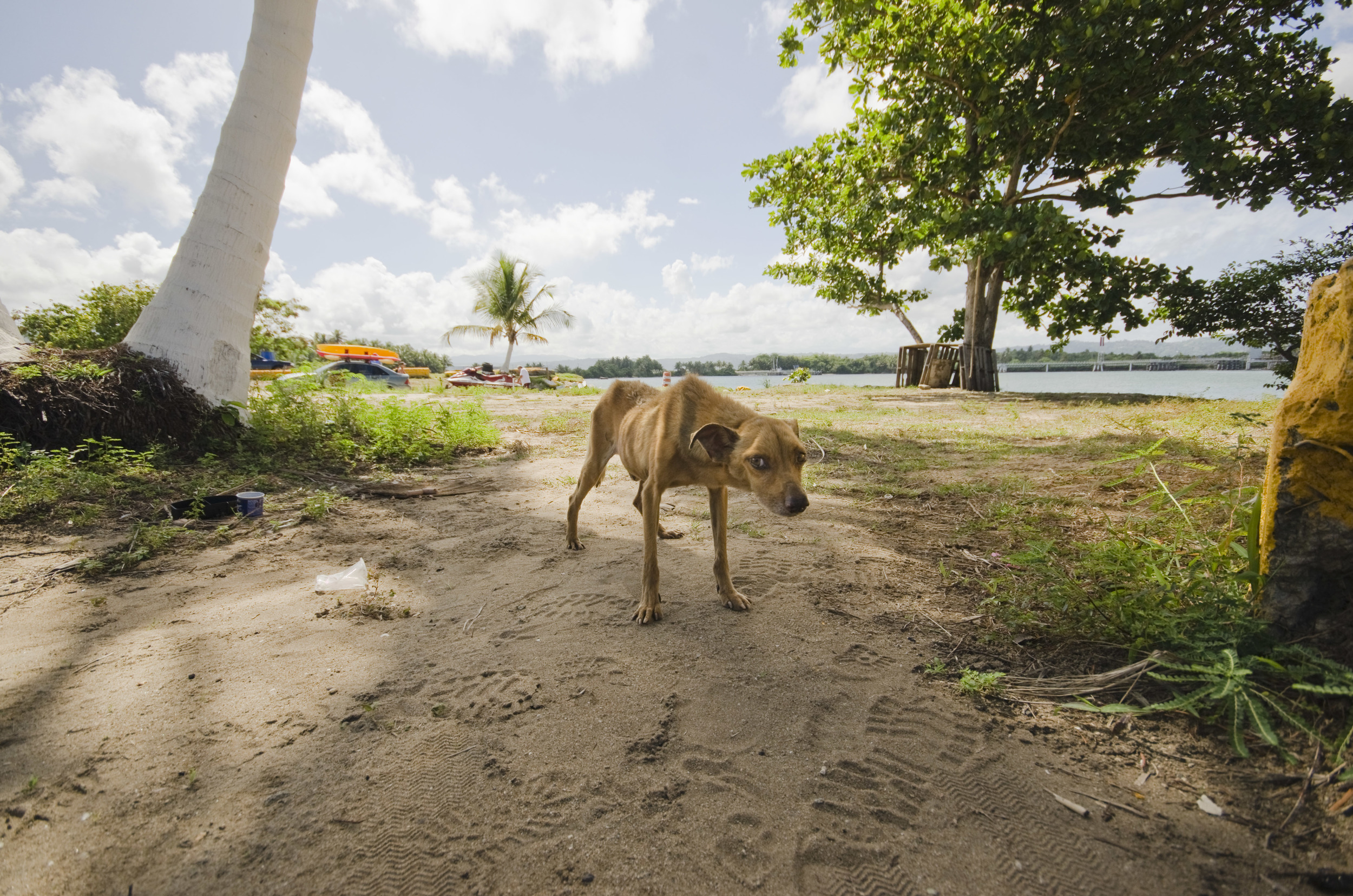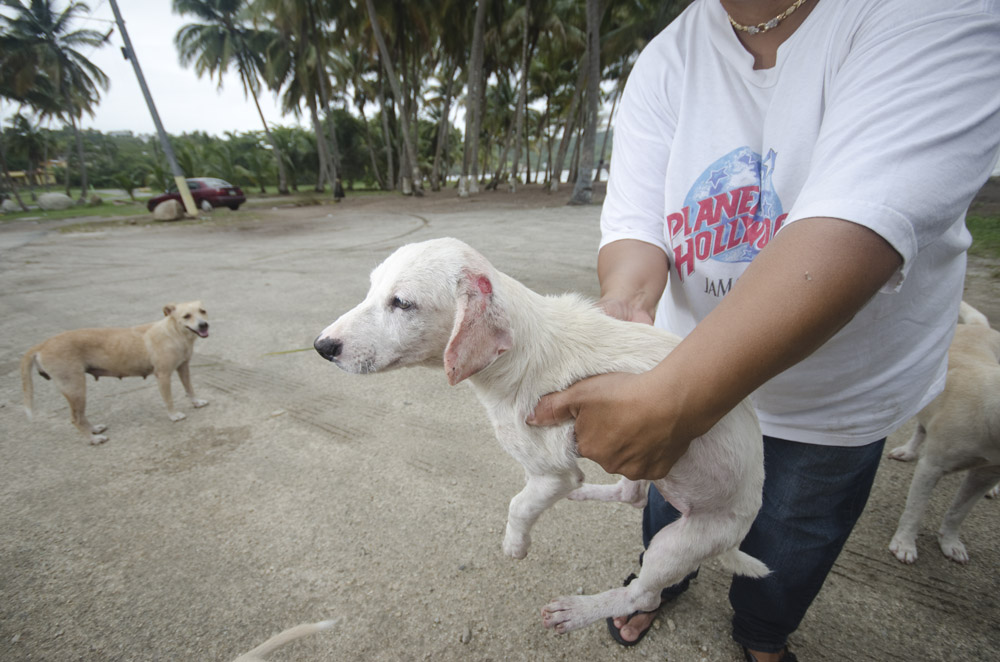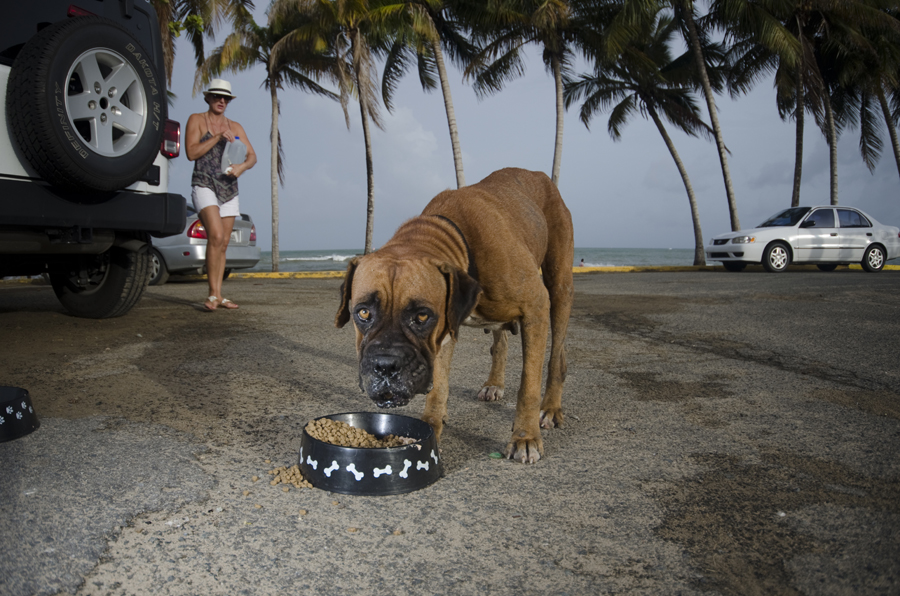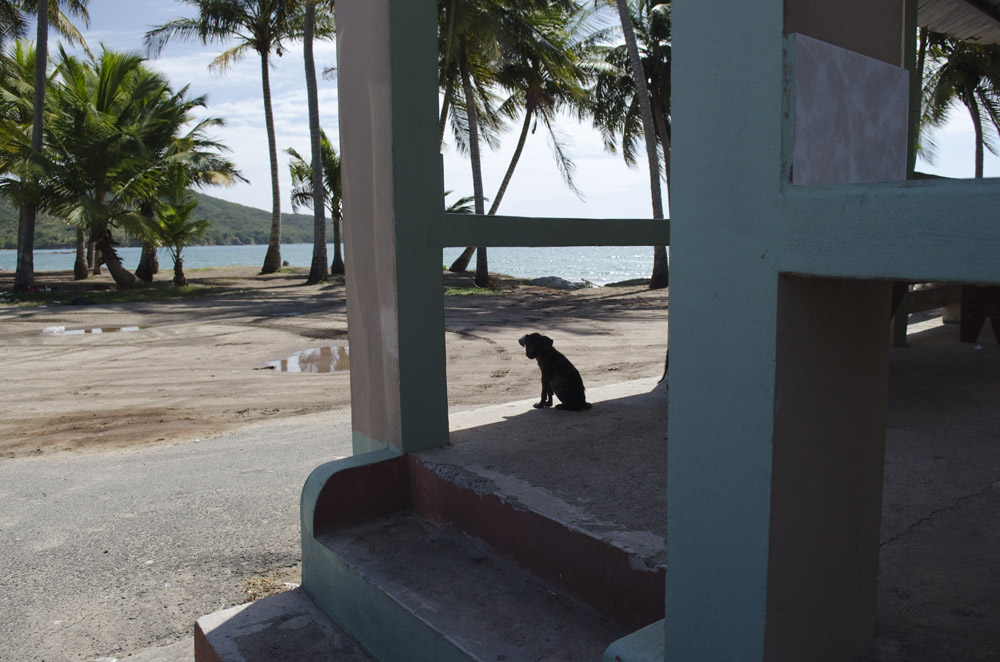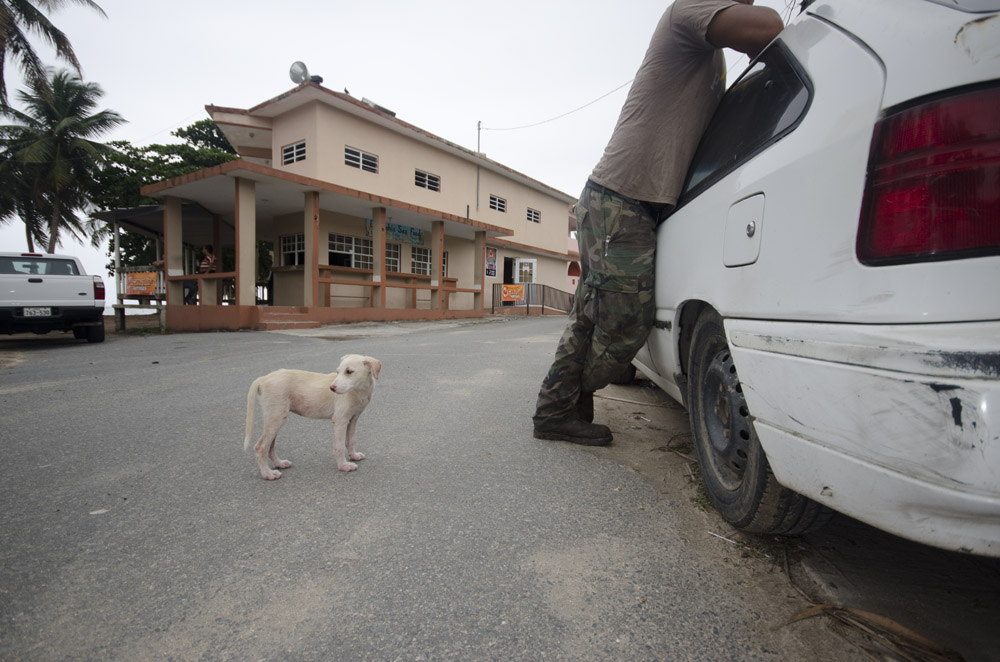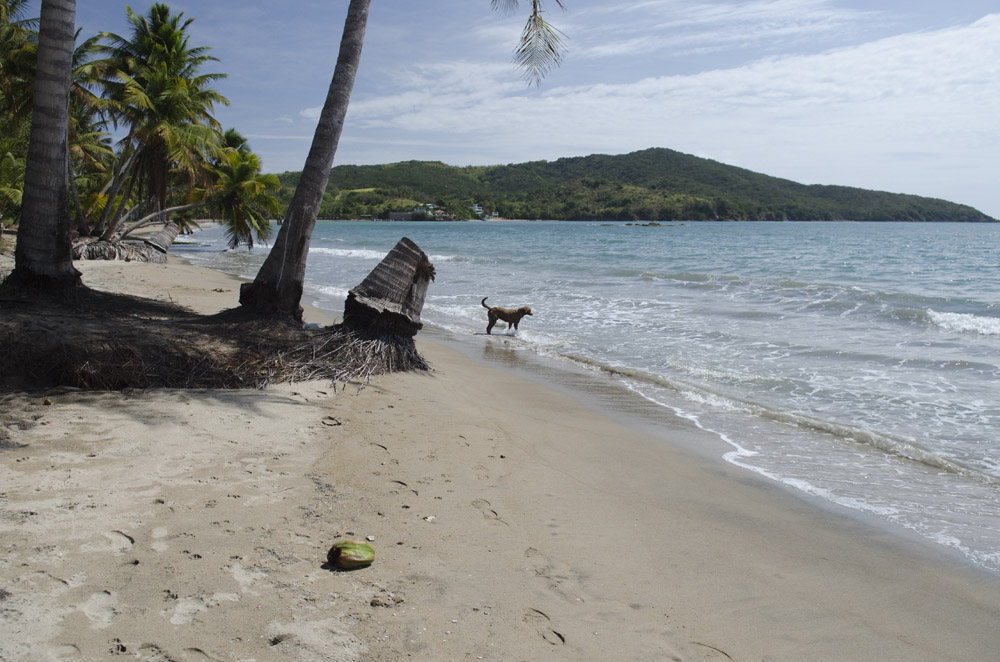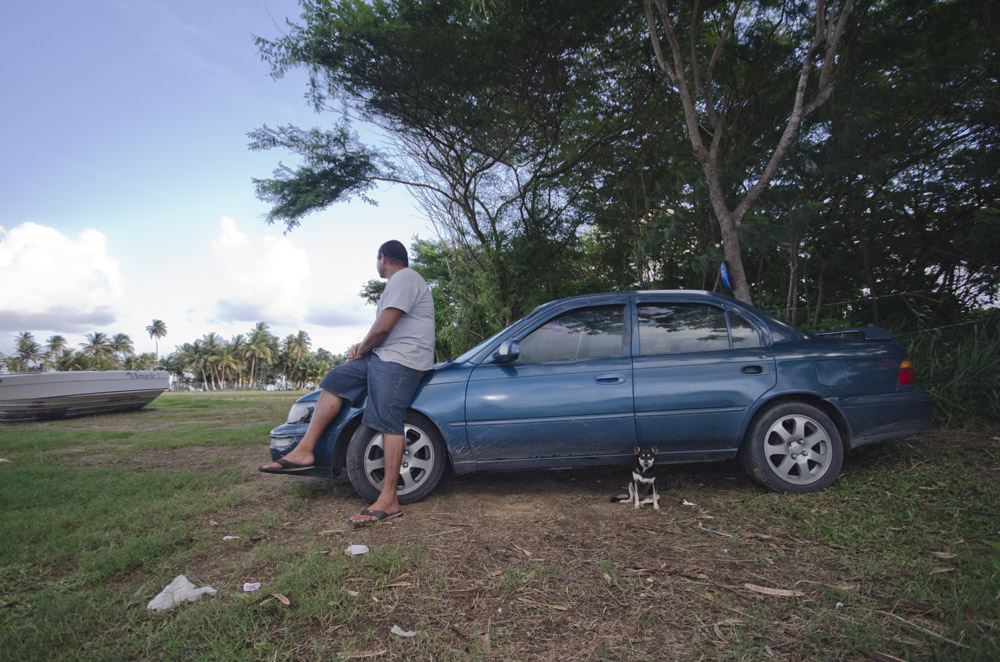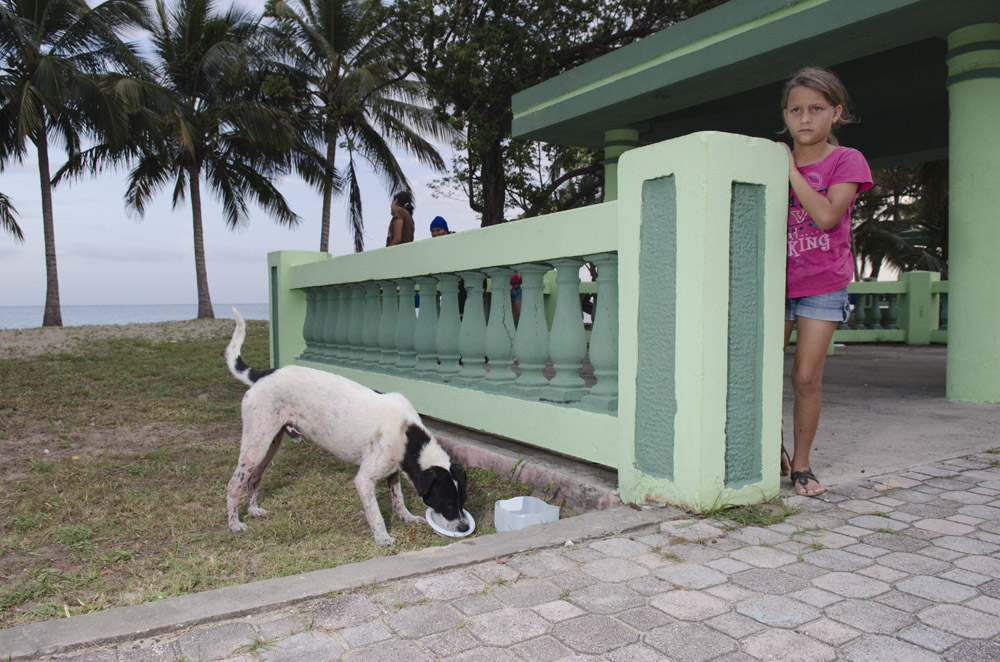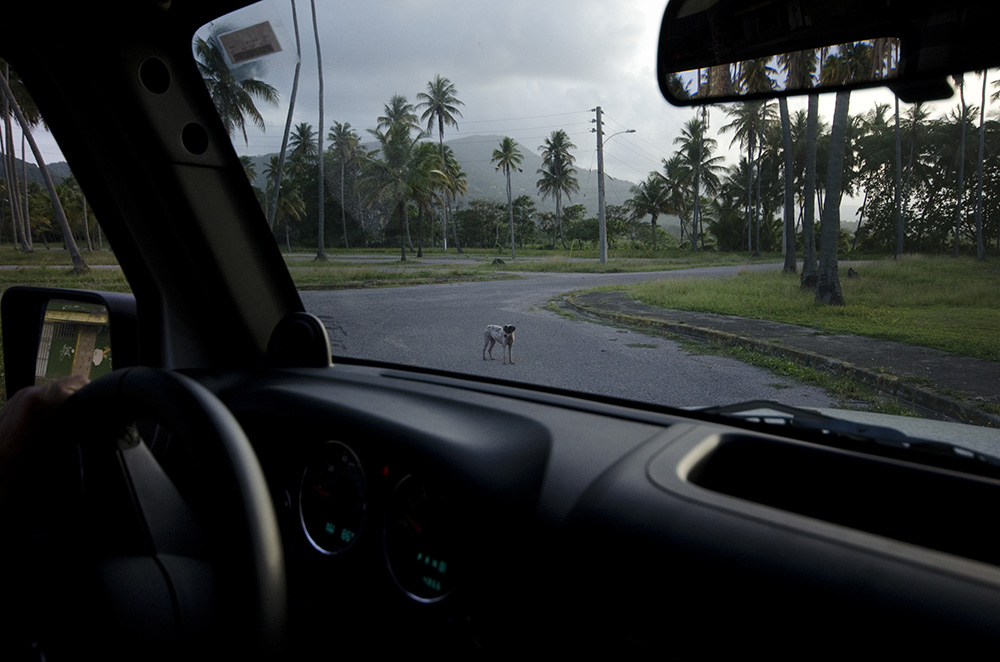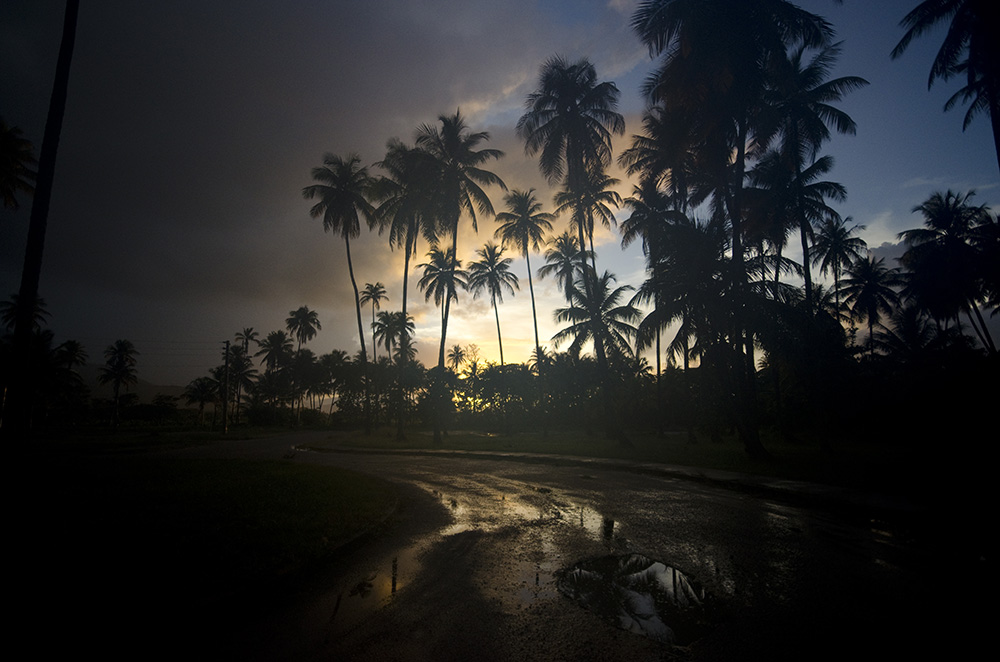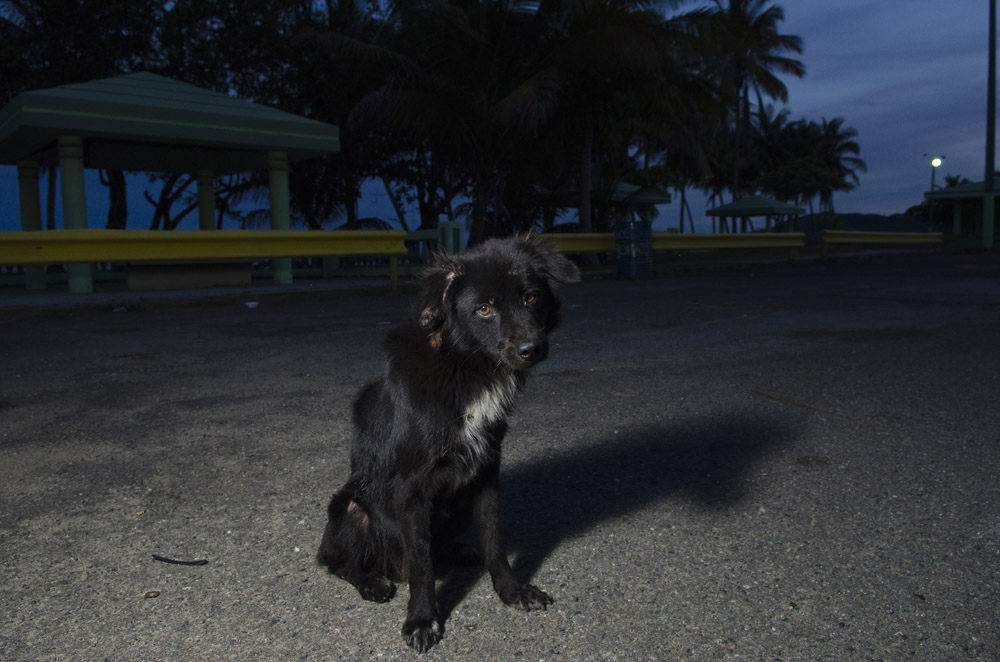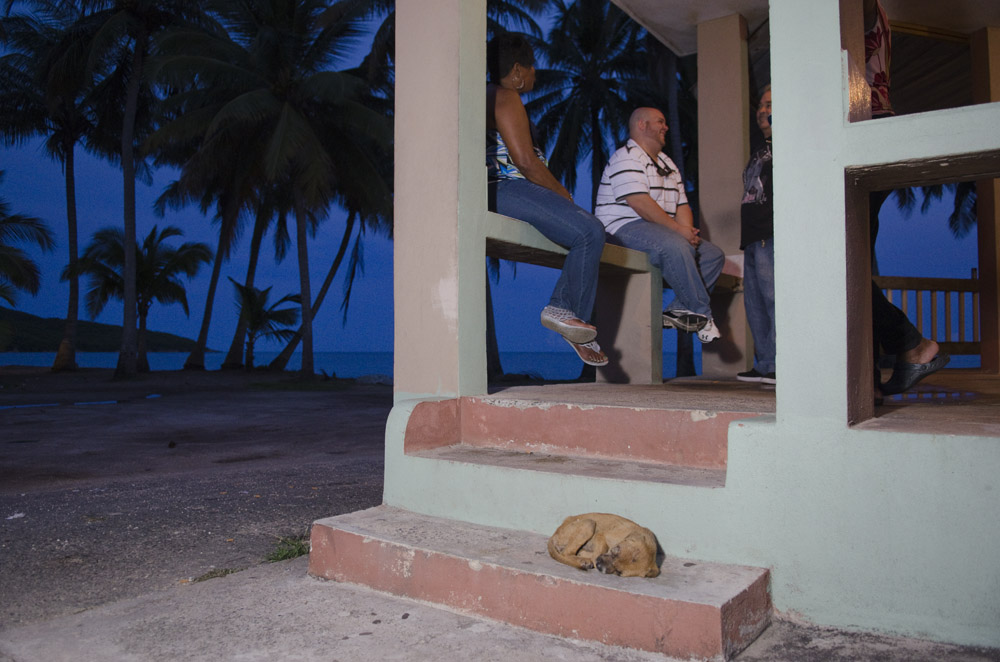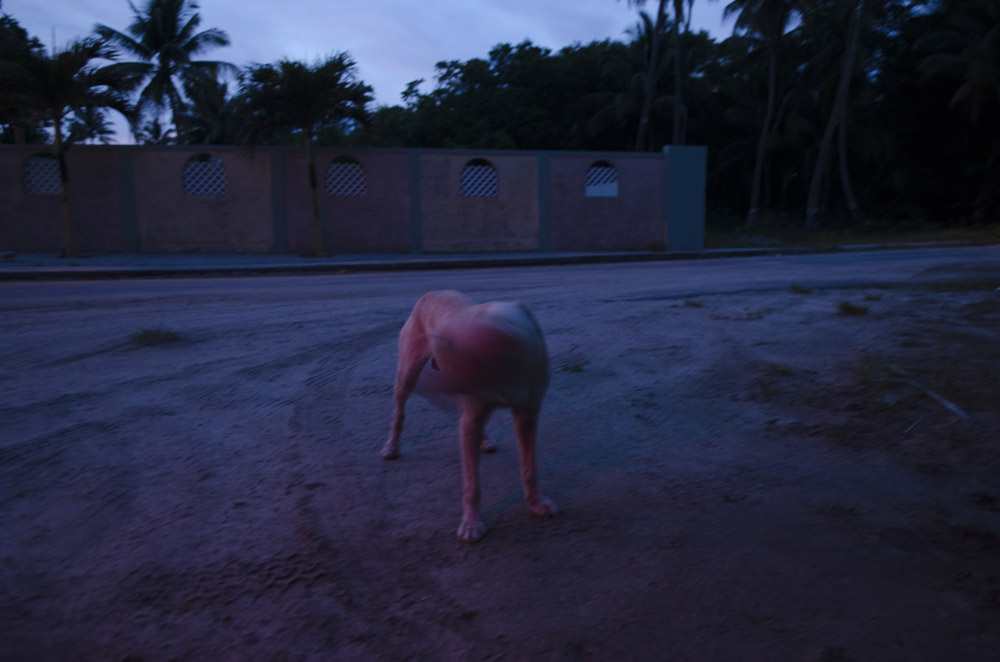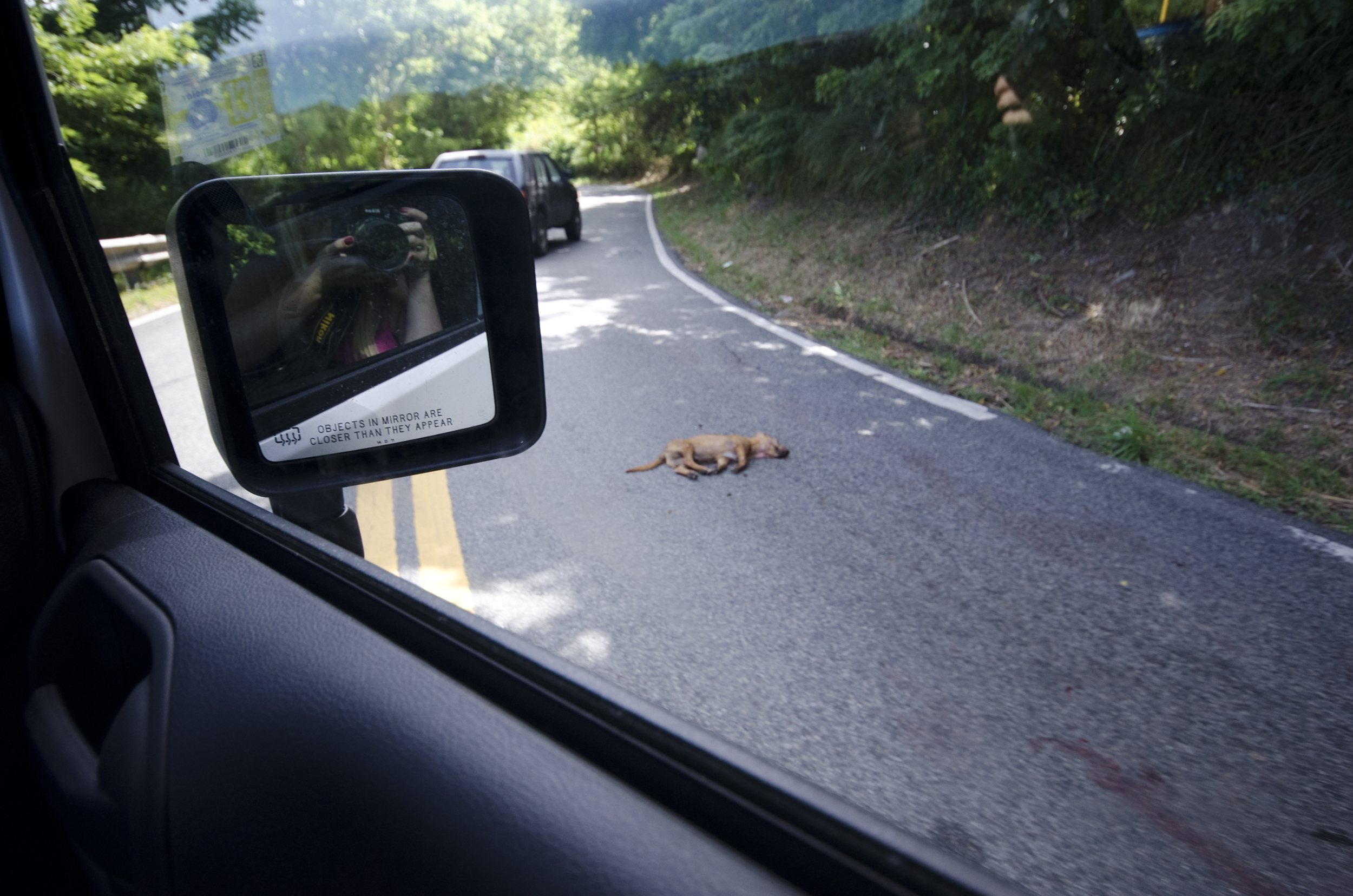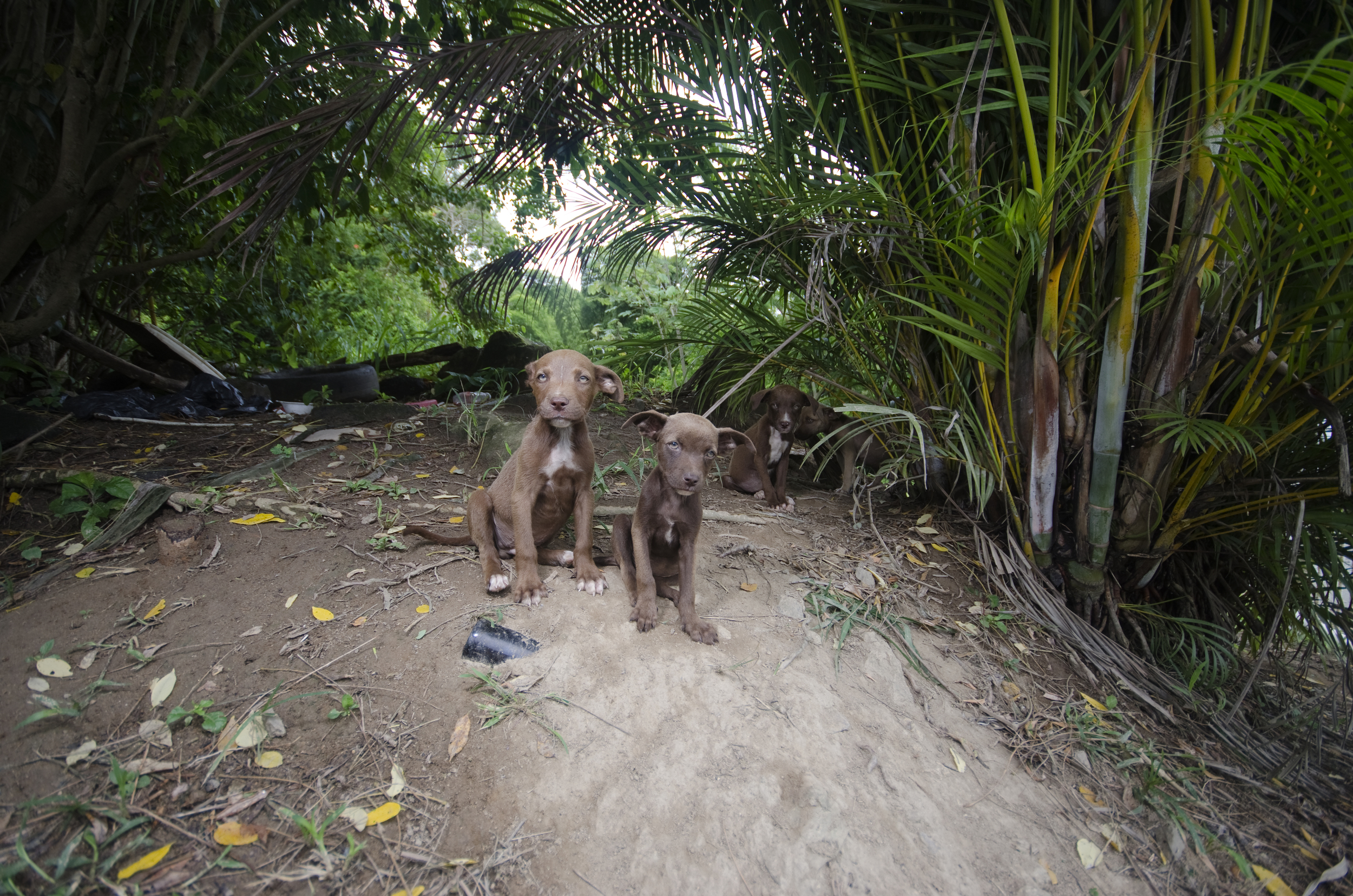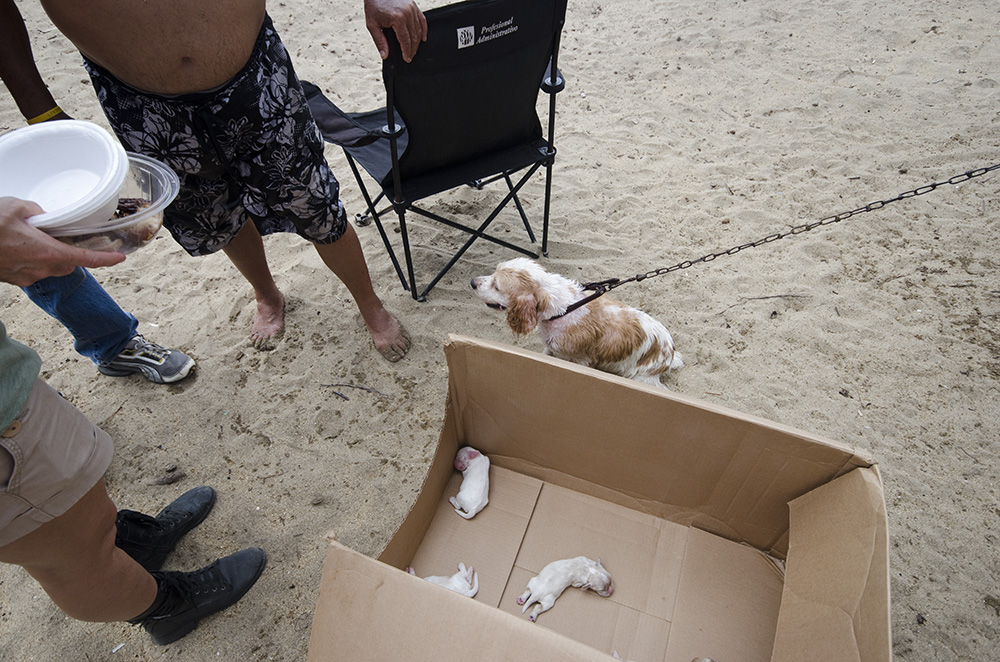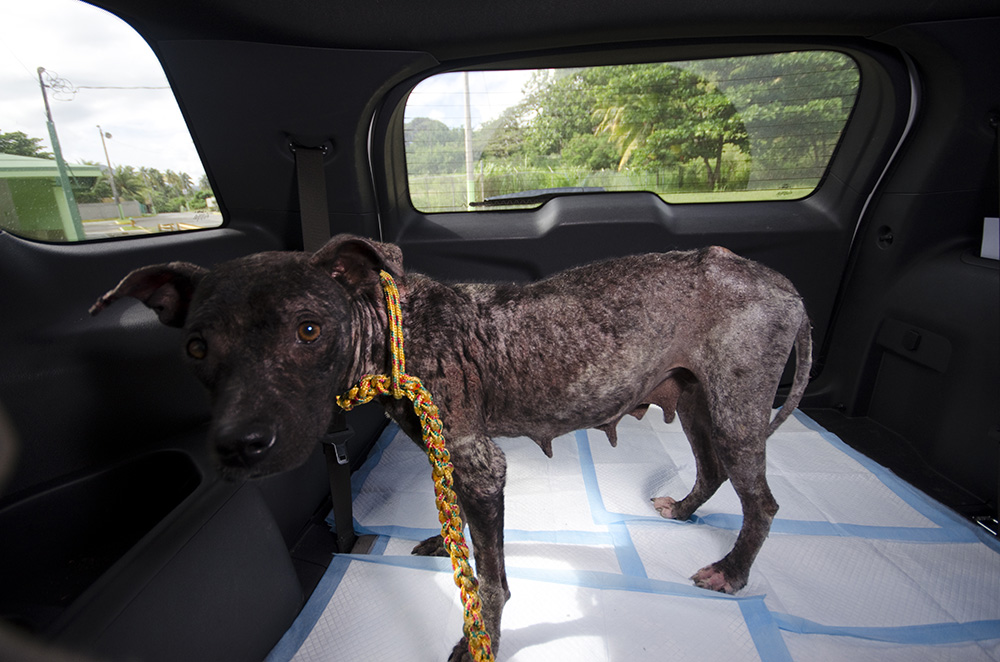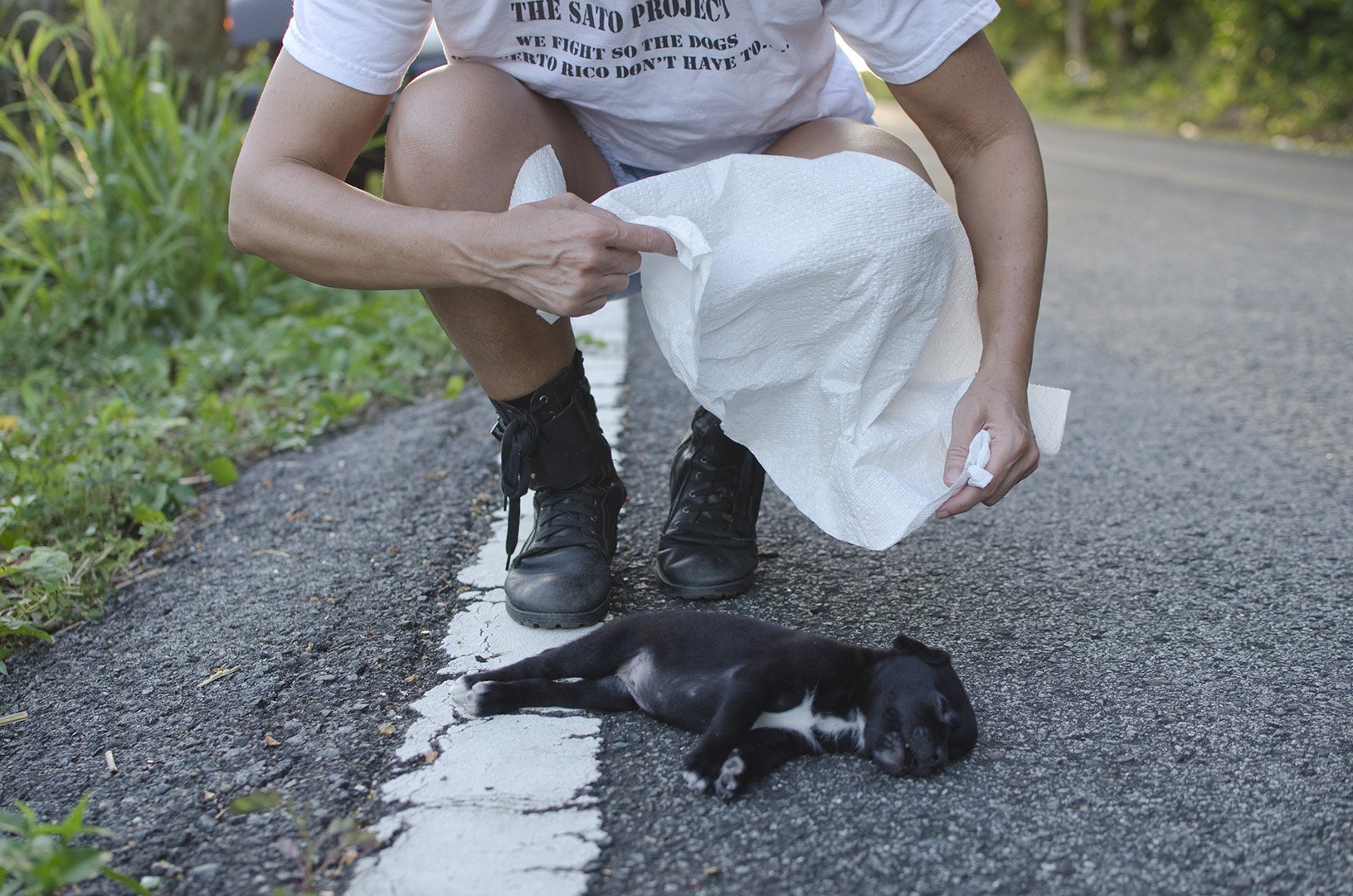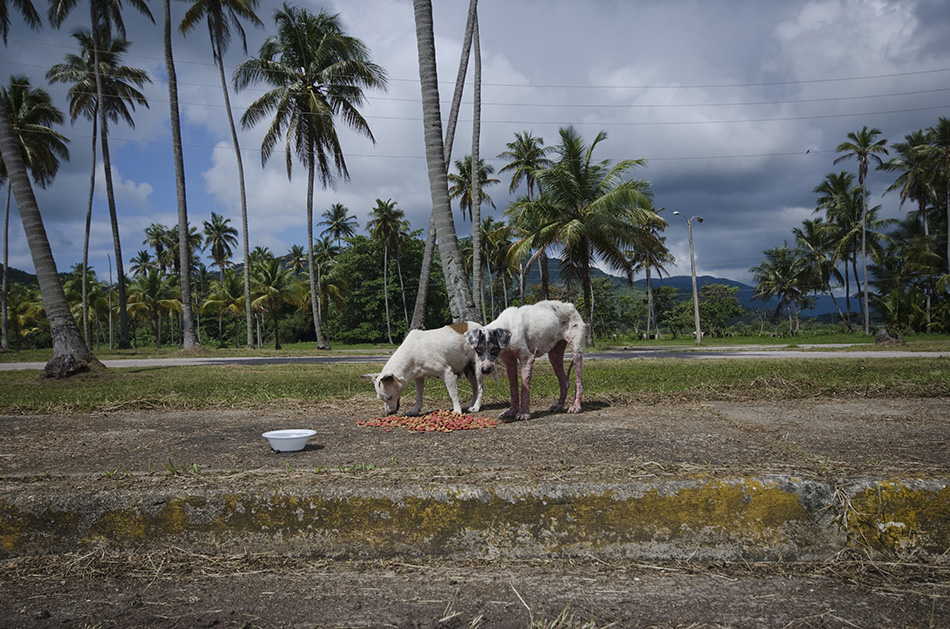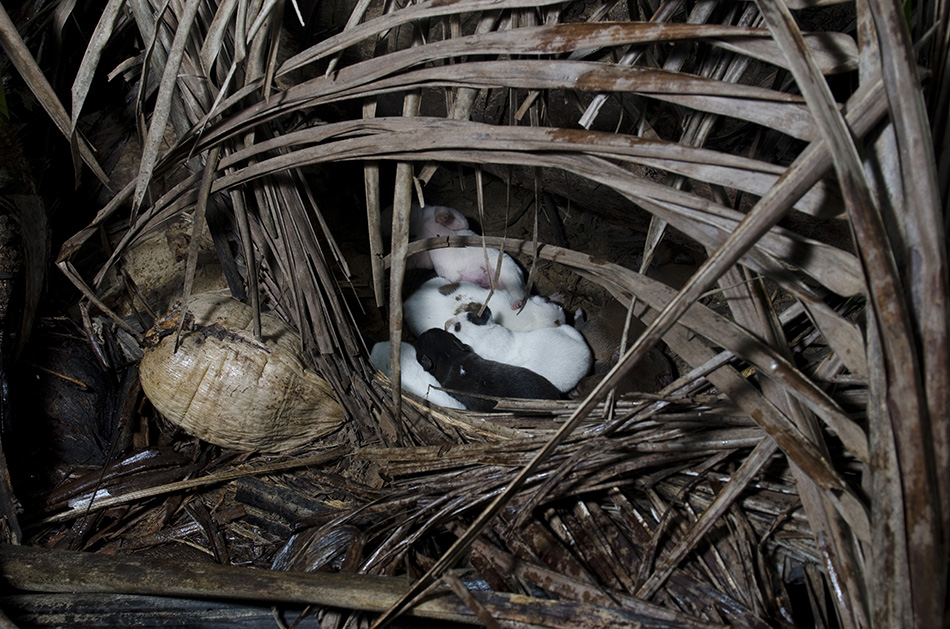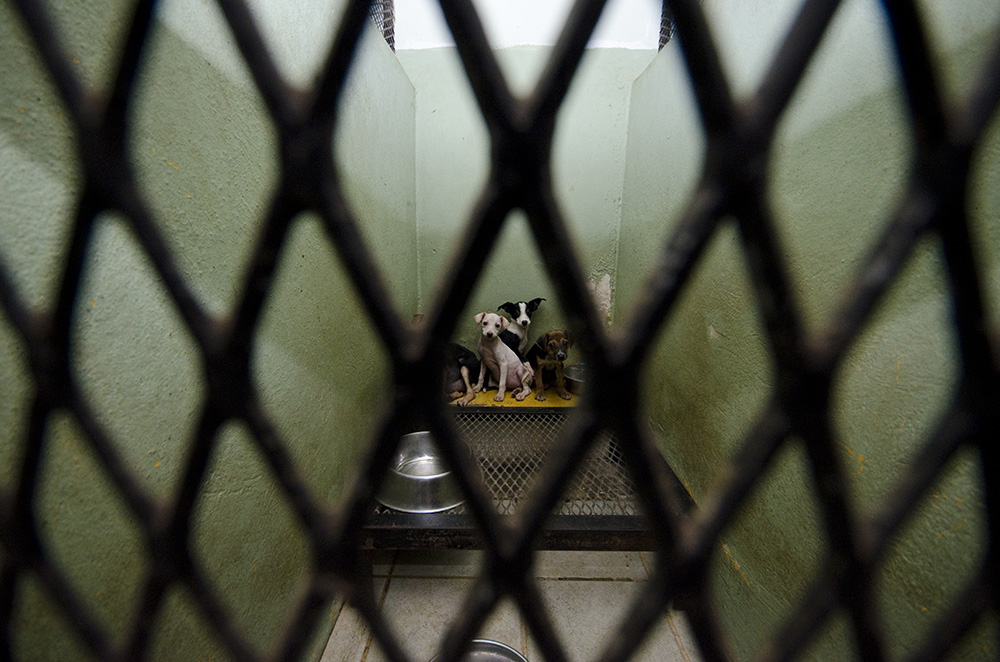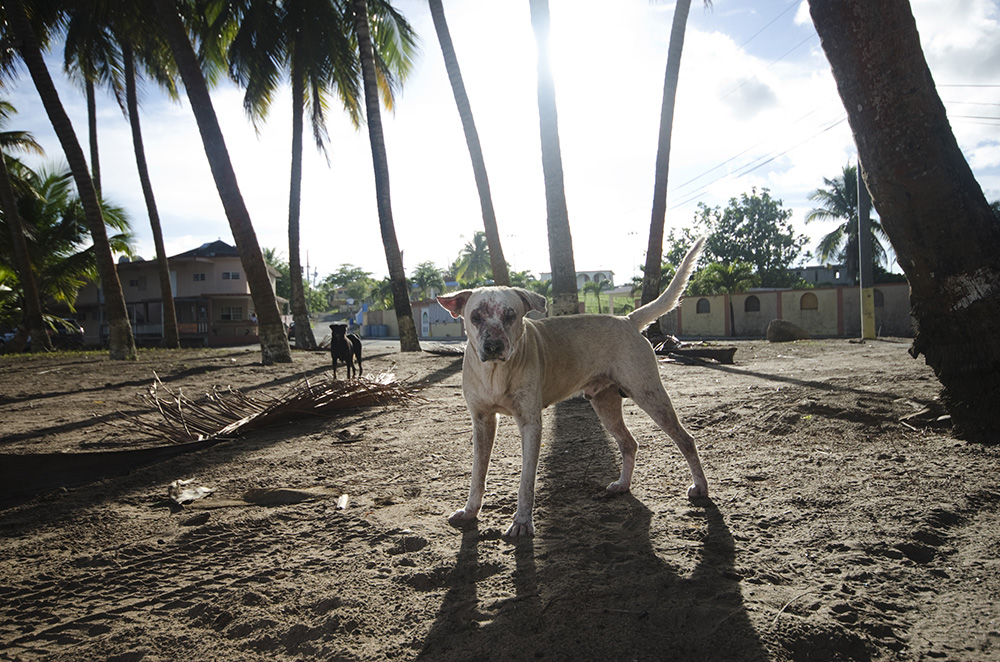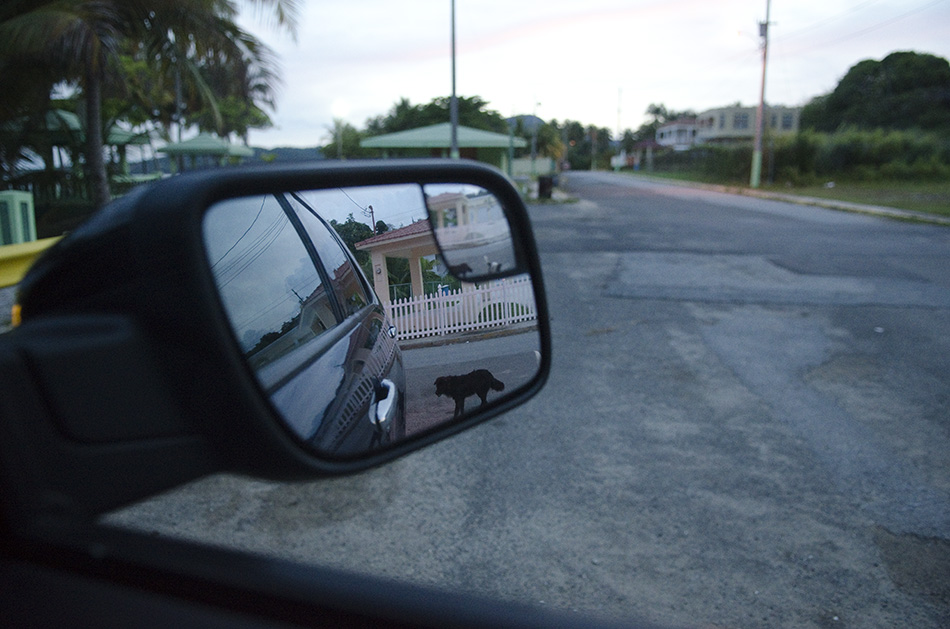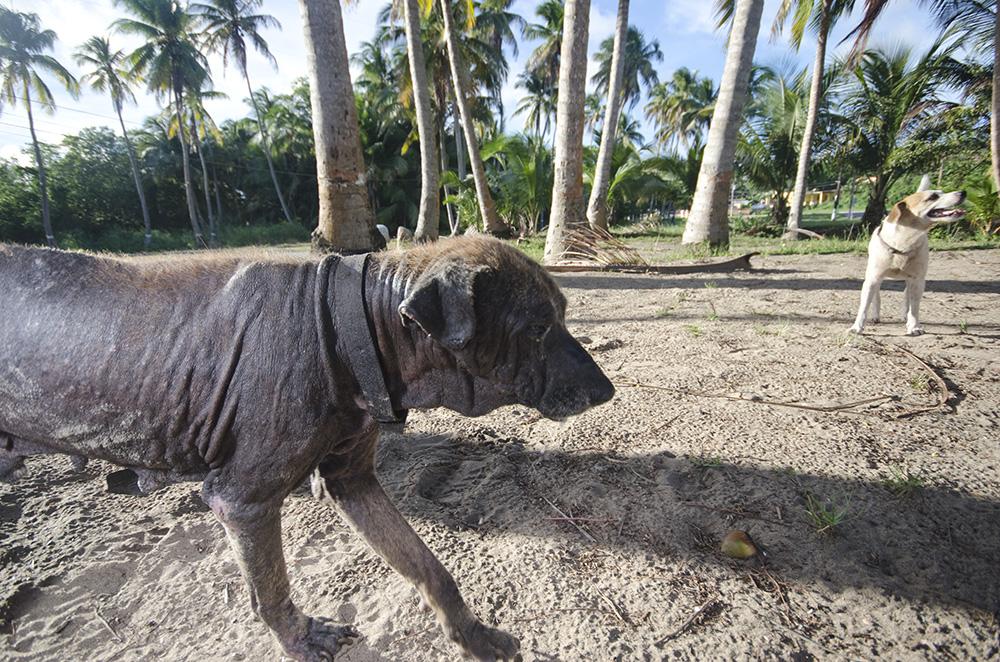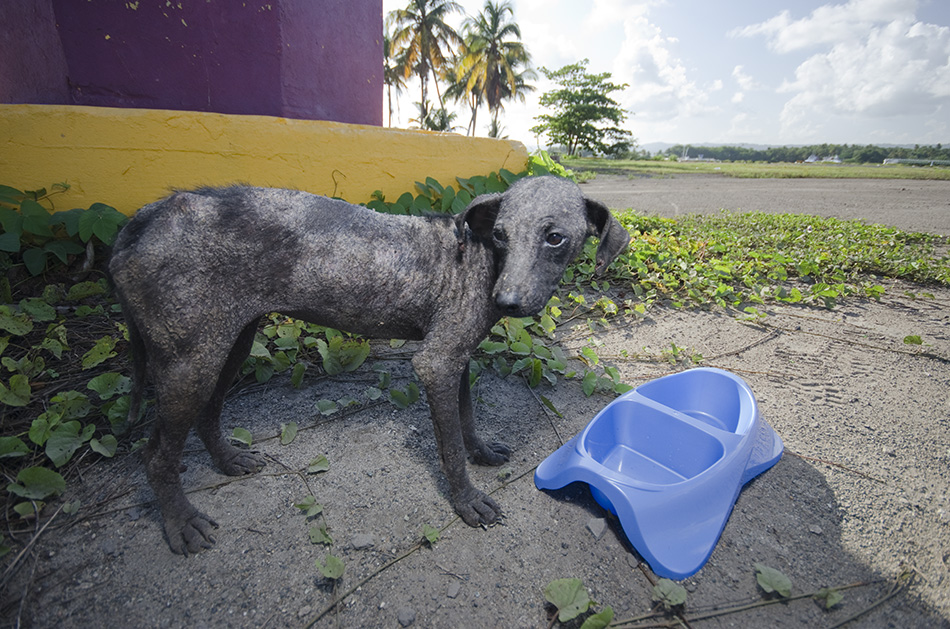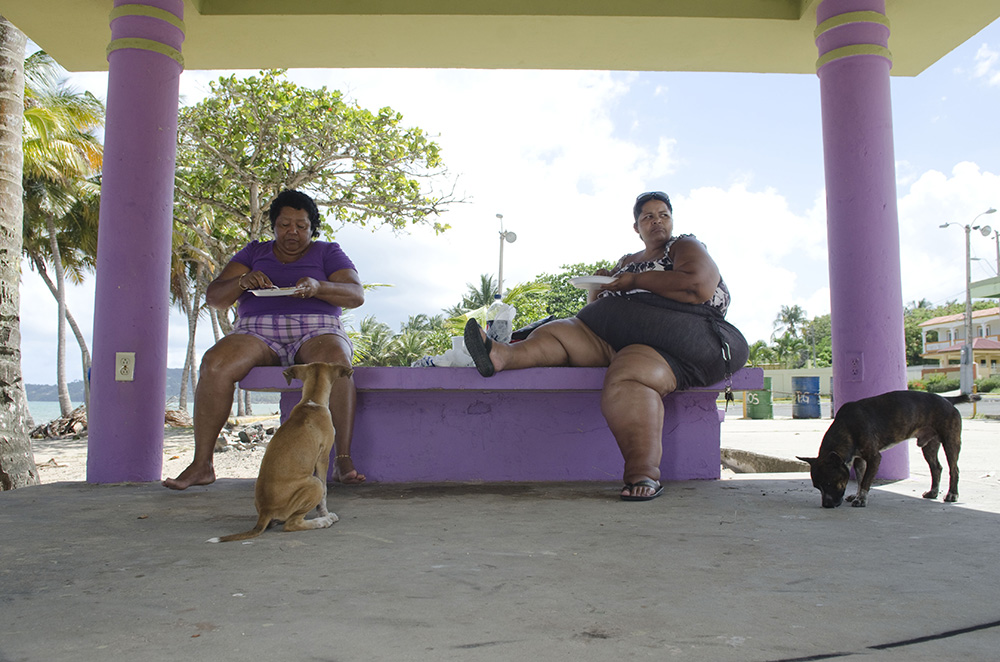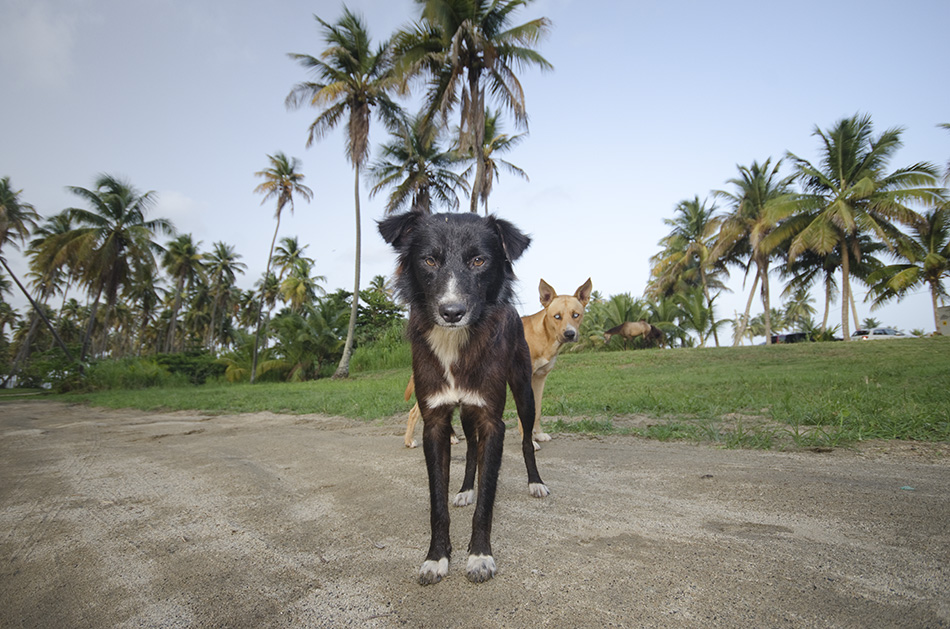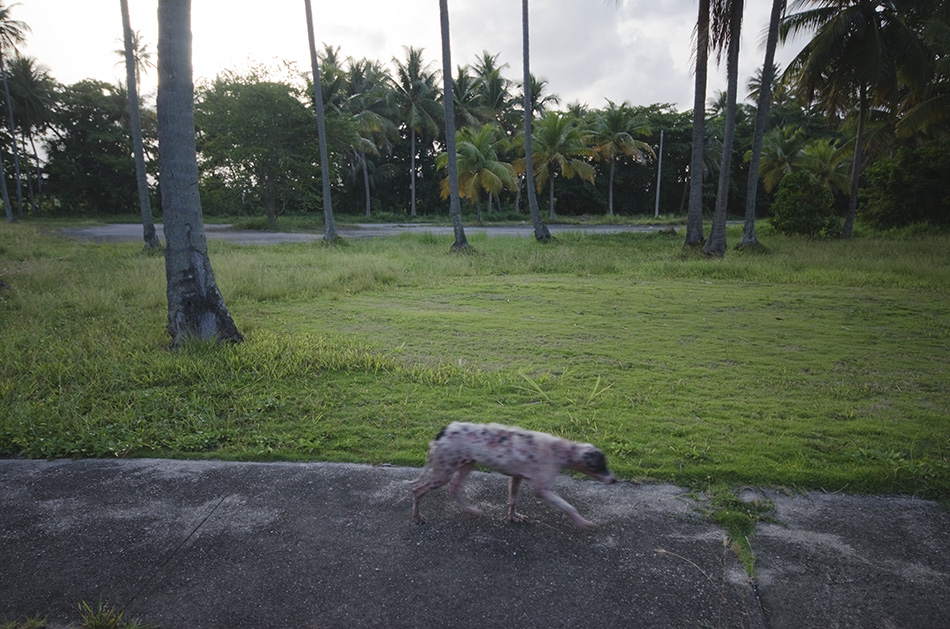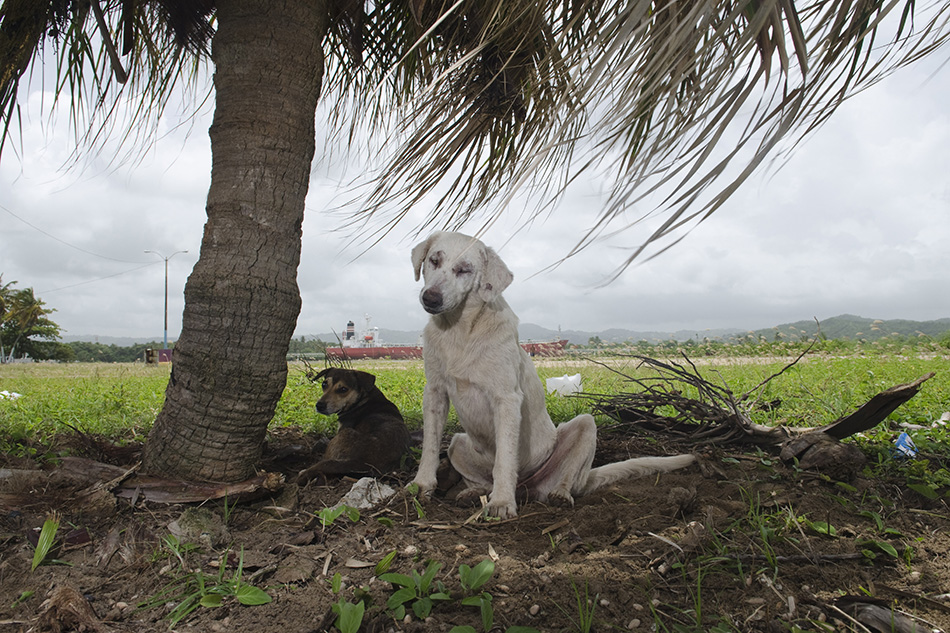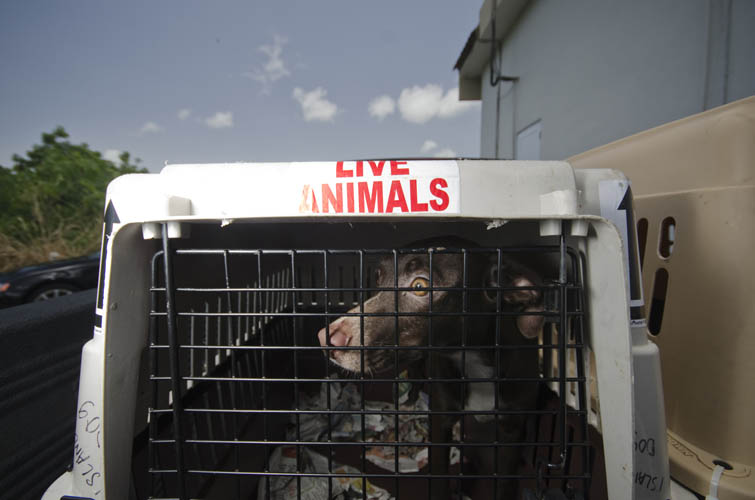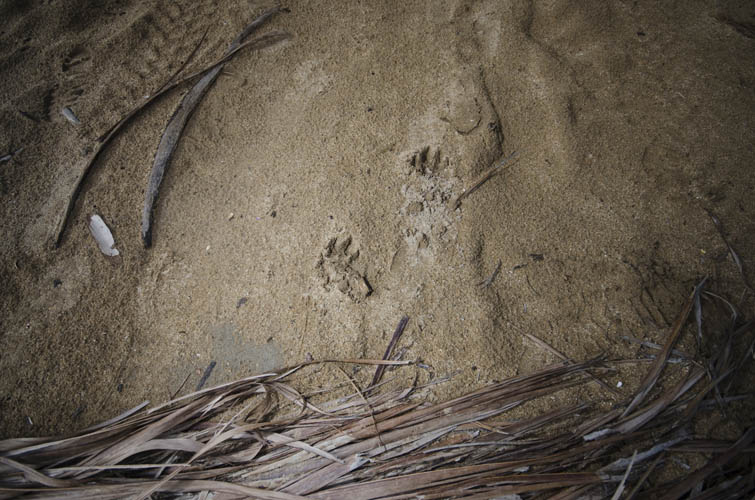DEAD DOG BEACH (2011-2013)
There are an estimated of 250,000 stray dogs in Puerto Rico, a US Commonwealth about the size of Connecticut. For the longest time, the stray population kept growing. In 2018, the Humane Society, working with local rescues, launched a vast spay and neuter campaign to sterilize as many owned pets as possible.
“Satos” is Puerto Rican slang for stray dogs. Although people own dogs as pets, they sometimes see satos as vermin and these dogs live short lives of neglect and abuse on an island stricken by poverty.
The place nicknamed Dead Dog Beach is located on the South-East coast of the island. I visited the area on many occasions in 2011-2013, while volunteering with a dog rescue group. There, I photographed dogs who were abandoned, as well as the free-ranging dogs who claimed this beach as their home.
Some of the dogs I met knew how to sit and give paw. Some were very frightened, others completely feral. Some dogs sought the companionship of humans, a kind hand, scraps of food - those were an easy rescue. Others kept their distance, organized themselves into groups in their battle for survival.
Any dog that could be caught, was rescued, sent to a local veterinary clinic, before being flown to New York City for adoption.
Following the efforts of the rescue group, as dogs were sometimes forced into crates, I wondered: were the dogs rescued from a life of suffering? Or were they stolen from the only life they knew? With these experiences begun my quest to better understand free-ranging dogs and their needs.
Has our relationship with dogs become so codependent that it makes them unfit for life in the wild, and does it compel us to rescue them at all cost? Could some of these dogs survive without our help? And more importantly, should dogs that seem to want nothing to do with humans, be forced into a life as pets?
Those trips were made in partnership with The Sato Project, a New York-based rescue group working in Puerto Rico.

